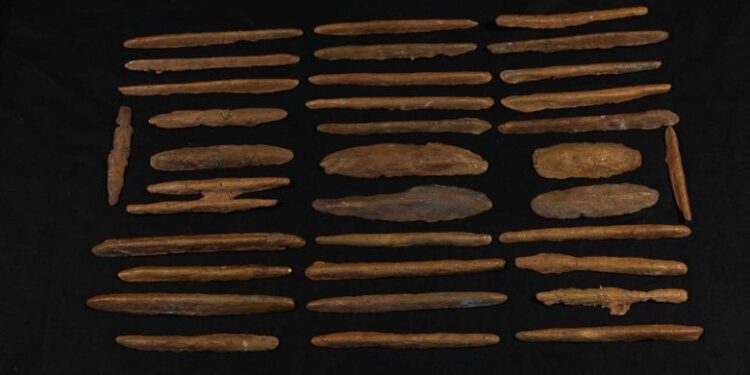Last month, archaeologists uncovered a trove of ingots of a unique golden alloy from a wreck 300 meters off the coast of Gela in southern Sicily, which was submerged in around 3 meters of water.
Two Corinthian combat helmets and vessels originally meant to hold costly; aromatic oils were also unearthed from the ruin, which sank 2600 years ago.
The archaeological world has been enthralled by the rough lumps of metal still gleaming with red and gold hues after two millennia on the seafloor.
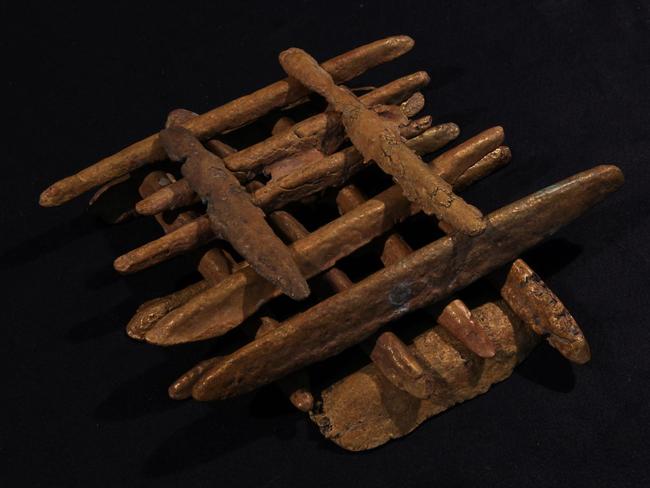
Atlantis’ legendary missing metal.
With the discovery of the wreck off the coast of Sicily in 2014, the metal returned to reality.
Thirty-nine rough-cast lumps of a rare red-gold metal were discovered in 2015.
Last month, divers discovered another 47 nuggets in the muck.
An Orichalcum nugget was discovered on the seafloor near the wreckage of a ship off the coast of Sicily. Sebastiano Tusa, Superintendent of the Sea-Sicily Region, is pictured.
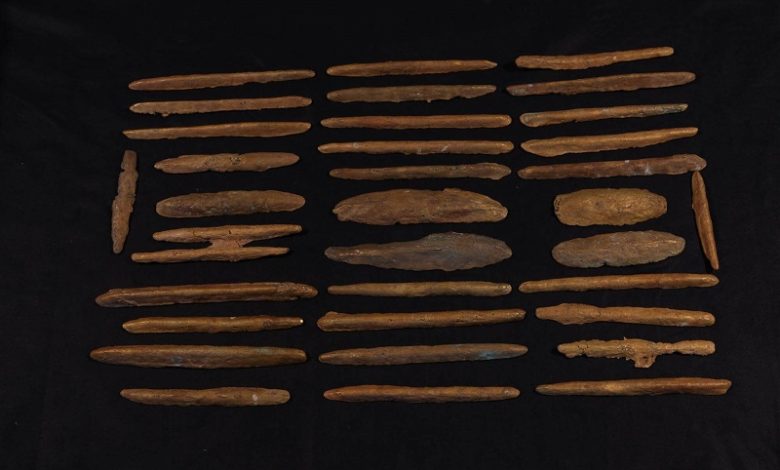
According to archaeologists working on its recovery, the wreck went down within sight of safety.
“The ship is from the end of the sixth century BC,” said Sebastiano Tusa, a Sicilian archaeologist.
“It was most likely caught in a violent storm and sank as it approached the harbor.”
This eliminates Atlantis. In the 4th century BC, Plato suggests that the legendary city was lost to the seas many hundreds, if not thousands, of years before.
According to archaeologists, the Orichalcum was believed to have been exported from Greece or Asia Minor by the ship.
Given the value of its cargo, the journey may not have been simple.
“It’s not uncommon to see helmets and guns onboard ships. They were employed to repel pirate assaults, according to Tusa.
An anchor, amphorae remains, and many smaller vessels used to transport precious oils were also discovered.
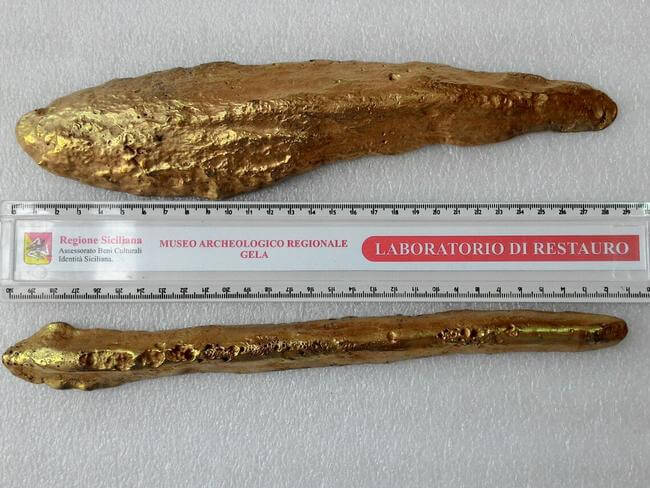
Protecting the wrecks remains a worry, according to Tusa, who believes that looters are taking advantage of a lack of policing in the archaeologically rich waters.
Metal with a Mystique
Long thought to be a fiction, the red-hued Orichalcum alloy was only referenced in passing in Ancient Greek tales by the likes of Hesiod in the 8th Century BC and Plato in the 4th Century BC.
According to one mythology, Cadmus invented it, the fabled first king of Thebes, and it was just slightly less valuable than gold.
Plato praised the gleaming metal’s qualities and credited them to Atlantis:
“Because of their empire’s greatness, many items were delivered to them from other countries, and the island itself provided most of what they needed for daily living.” In the first place, they dug out of the dirt whatever was to be found there, solid or fusile, and Orichalcum, which is now only a word but was once more than a name, was dug out of the earth in numerous places of the island, being more valuable than gold in those days.”
He claimed that the metal was utilized to create a magical glow in the interior of the temple of Poseidon was located.
“The zones of earth were surrounded by stone walls of various colors, black, white, and red, which they sometimes mixed for ornamental purposes. The outermost wall was coated with brass, the second with tin, and the third, which was the citadel wall, sparkled with Orichalcum’s crimson light.”
It remained a mystery about what it was and its construction.
The Legend Has Come True
Orichalcum, it turns out, isn’t quite as exotic as the legends claim. Many of the jewelers who created and sold it were intrigued by it.
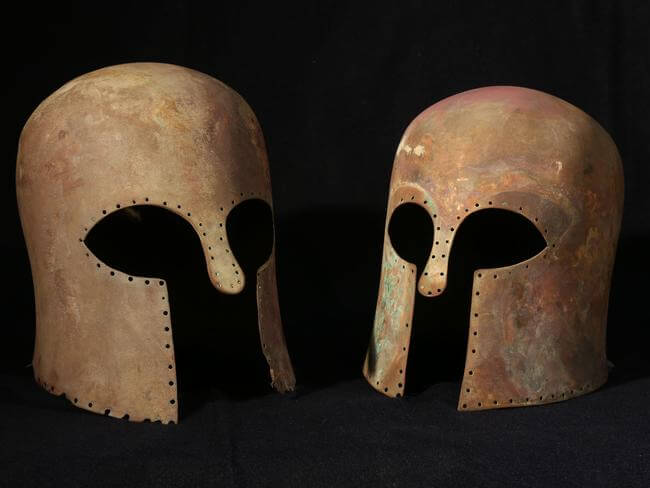
Its development process was probably kept a carefully guarded secret.
It’s still a point of contention on how it was accomplished.
According to one theory that fits the data, zinc ore, charcoal, and copper might have been reacted in a molten crucible.
Whatever the case, the gleaming brass-like alloy was prized for its resistance to tarnishing. It was also long-lasting enough to be used in jewelry.
This is where the shipwreck enters the picture.
It was discovered right outside a harbor in the Greek colony city of Ghelas, a center for craftspeople specializing in fine jewelry and decorative artifacts in ancient times.

